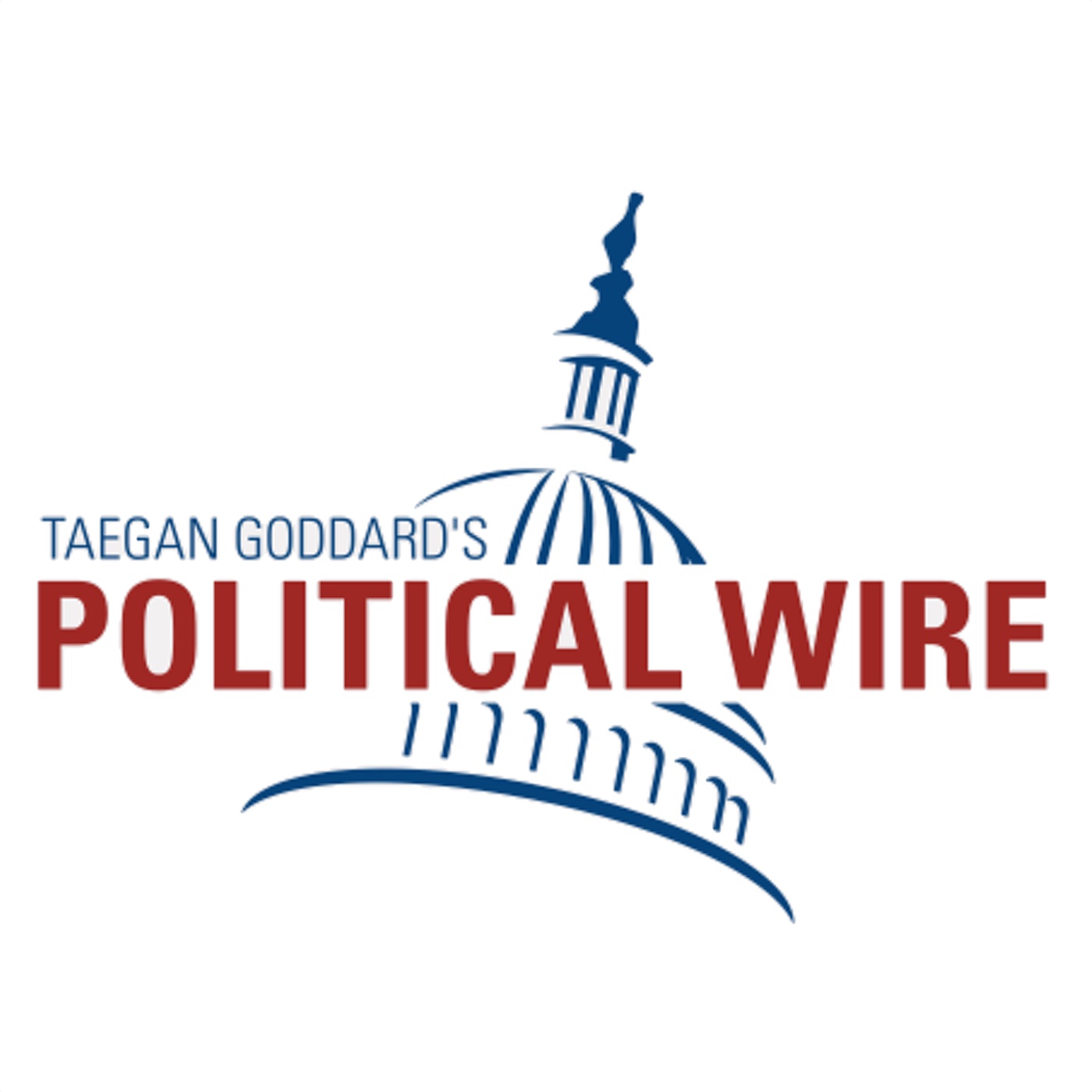
New York Times: “The 99-page measure suspends the $31.4 trillion borrowing limit until January 2025. It cuts federal spending by $1.5 trillion over a decade, according to the Congressional Budget Office, by effectively freezing some funding that had been projected to increase next year and then limiting spending to 1 percent growth in 2025.”
“But it also contains a number of side deals that never appear in its text but that were crucial to forging the bipartisan compromise, and that allowed both sides to claim they had gotten what they wanted out of it. To try to ensure that Congress abides by the agreement, negotiators used a time-tested technique that lawmakers have turned to for decades to enforce efforts to reduce the deficit: the threat of automatic, across-the-board spending cuts if they do not finish their work.”


